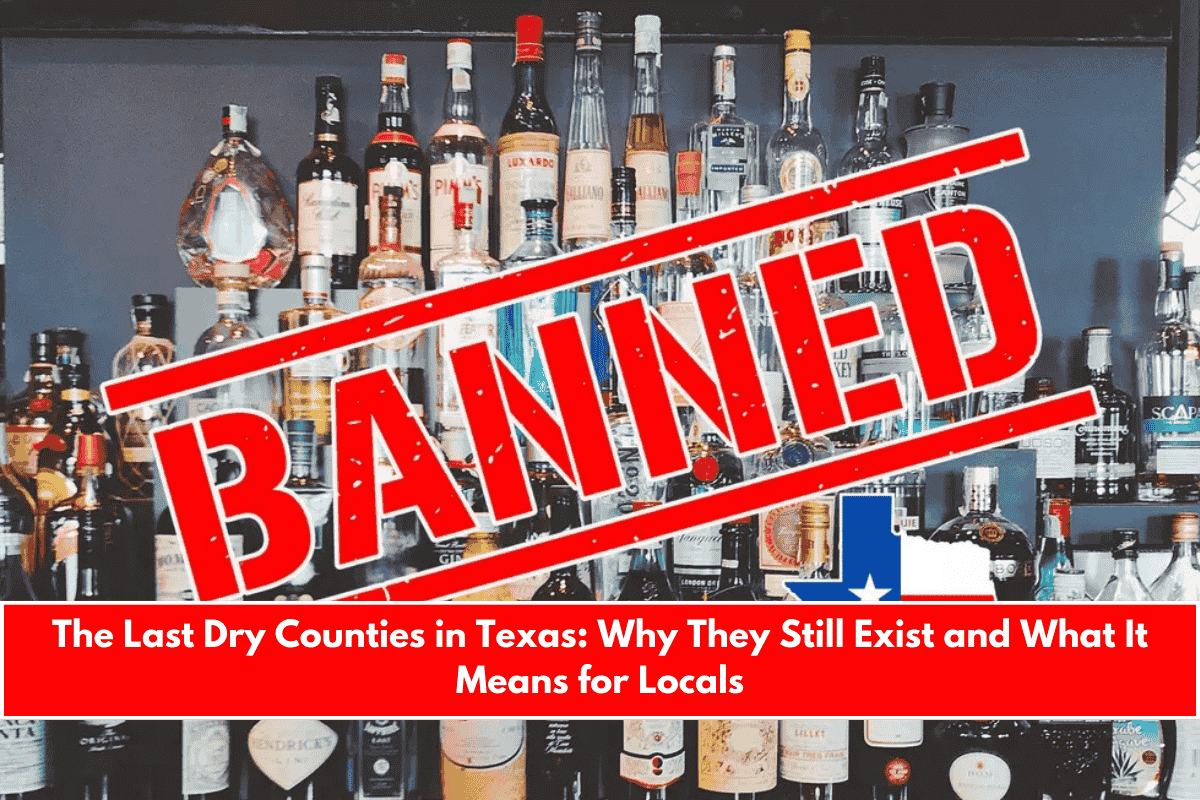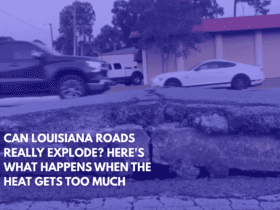If you’re used to picking up a cold beer or a bottle of wine from your nearest store, it might surprise you to know that in some parts of Texas, that’s still not an option. Despite the state’s wide acceptance of alcohol sales today, four counties in Texas remain completely dry—meaning the sale of alcoholic beverages is still banned.
For many Texans, especially those in major cities like Dallas or Austin, the idea of a dry county may feel outdated. But in certain rural areas, the prohibition spirit still lingers. So, why do dry counties still exist in Texas, and what’s it like to live in one?
What Is a Dry County?
A dry county is one where the sale of alcohol is prohibited. That means no liquor stores, no beer at the grocery store, and no wine at the gas station. However, in most dry counties, consumption is not illegal—you can drink alcohol, you just can’t buy it there. Residents often drive to nearby wet counties or rely on local “bootleggers” to get their supply.
The Last 4 Dry Counties in Texas
Out of 254 counties in Texas, only four remain fully dry. These are:
- Roberts County – Located in the Texas Panhandle near the Oklahoma border.
- Borden County – Southeast of Lubbock, with a very small population.
- Kent County – Also southeast of Lubbock, known for its rural setting.
- Throckmorton County – Situated between Lubbock and Fort Worth.
These counties have held onto their dry status through local votes, often influenced by religious beliefs and community values.
Why Are Some Counties Still Dry?
In many of these areas, religion plays a big role. Certain religious denominations discourage or reject alcohol use altogether, and in counties where such groups have strong influence, residents have voted to keep alcohol sales banned.
Even though Texas law allows local votes to legalize alcohol sales, these communities have chosen not to do so. For them, it’s not just about alcohol—it’s about tradition, beliefs, and maintaining a certain way of life.
Living in a Dry County: A Real-World View
For people living in dry counties, getting alcohol often means driving 20 to 30 minutes to the nearest wet county. In a pinch, some turn to bootleggers, who charge high prices for convenience. One resident from Rusk County recalled paying $5 for a beer just to avoid the long drive. That was 20 years ago, and prices have likely gone up since then.
In dry counties, it’s not unusual to see residents stocking up during visits to nearby towns, bringing back full carloads of beer or wine to last for weeks.
Are Dry Counties Still Common in the U.S.?
Not really. Across the United States, dry counties are becoming rare. While it’s hard to pinpoint an exact number, it’s estimated that about 80 dry counties still exist across 9 states.
Arkansas leads the list, with more than 30 dry counties, followed by Kentucky. Texas used to have far more, but local votes have gradually turned many counties “wet” over the past few decades.











Leave a Reply